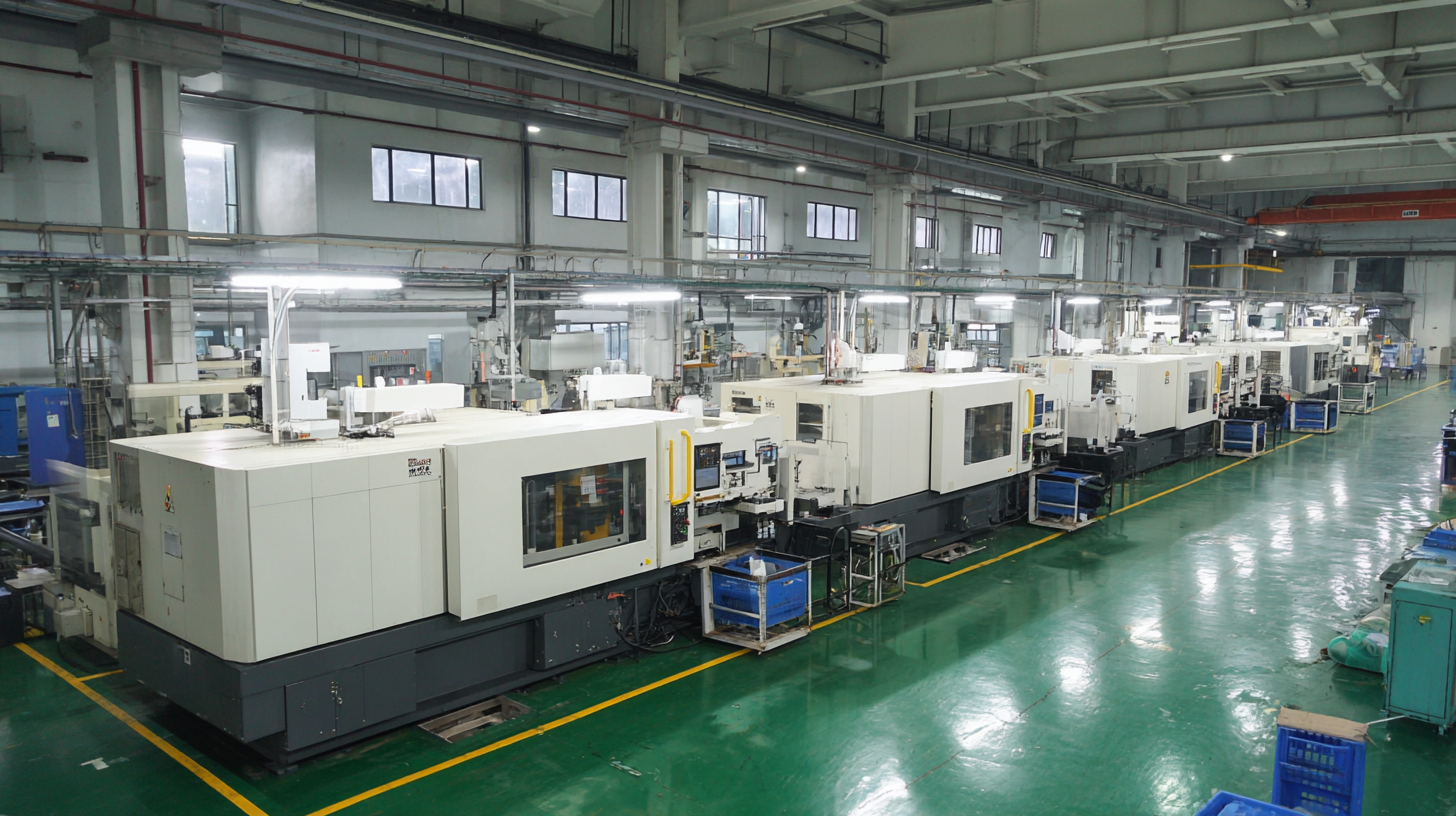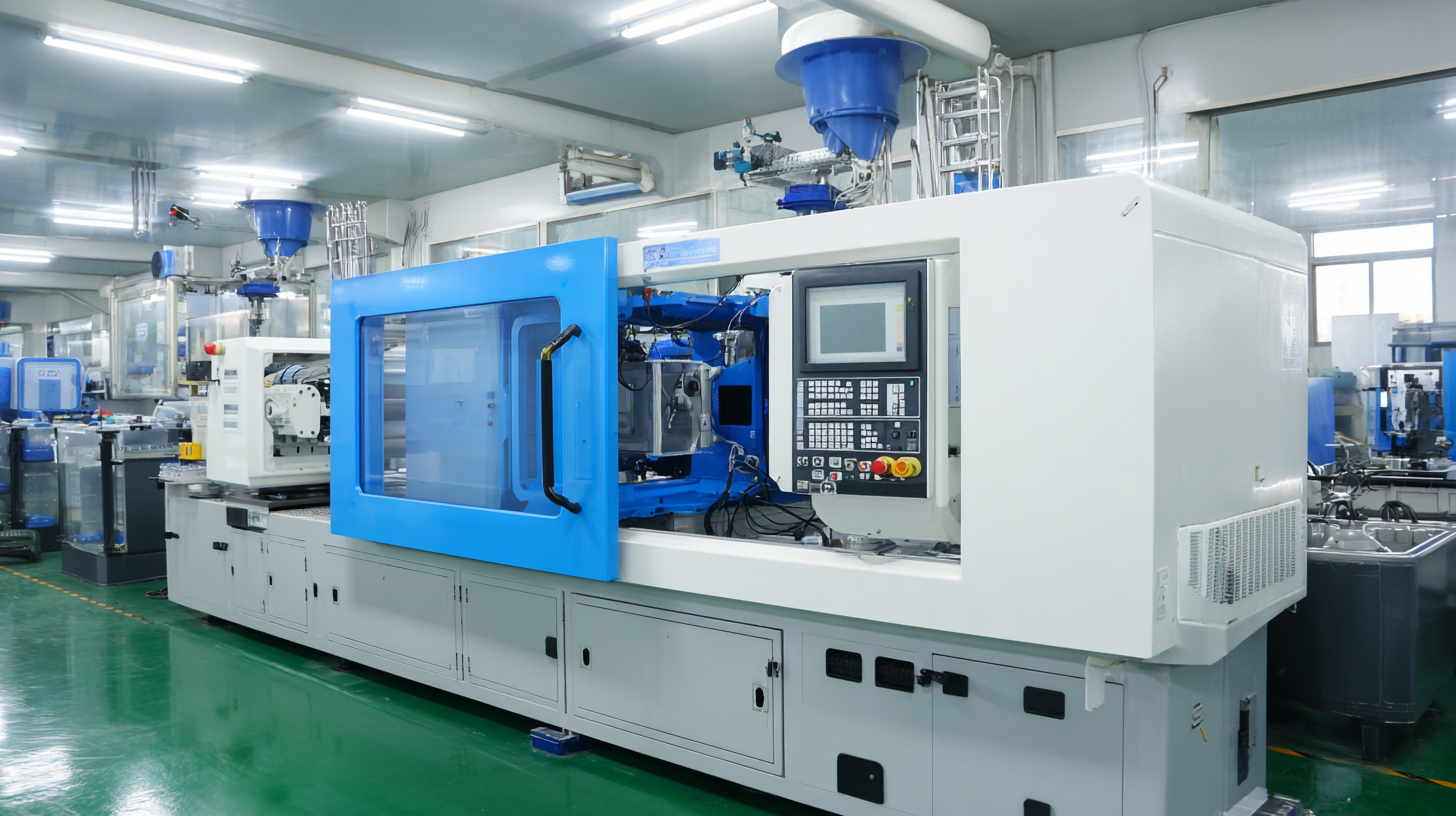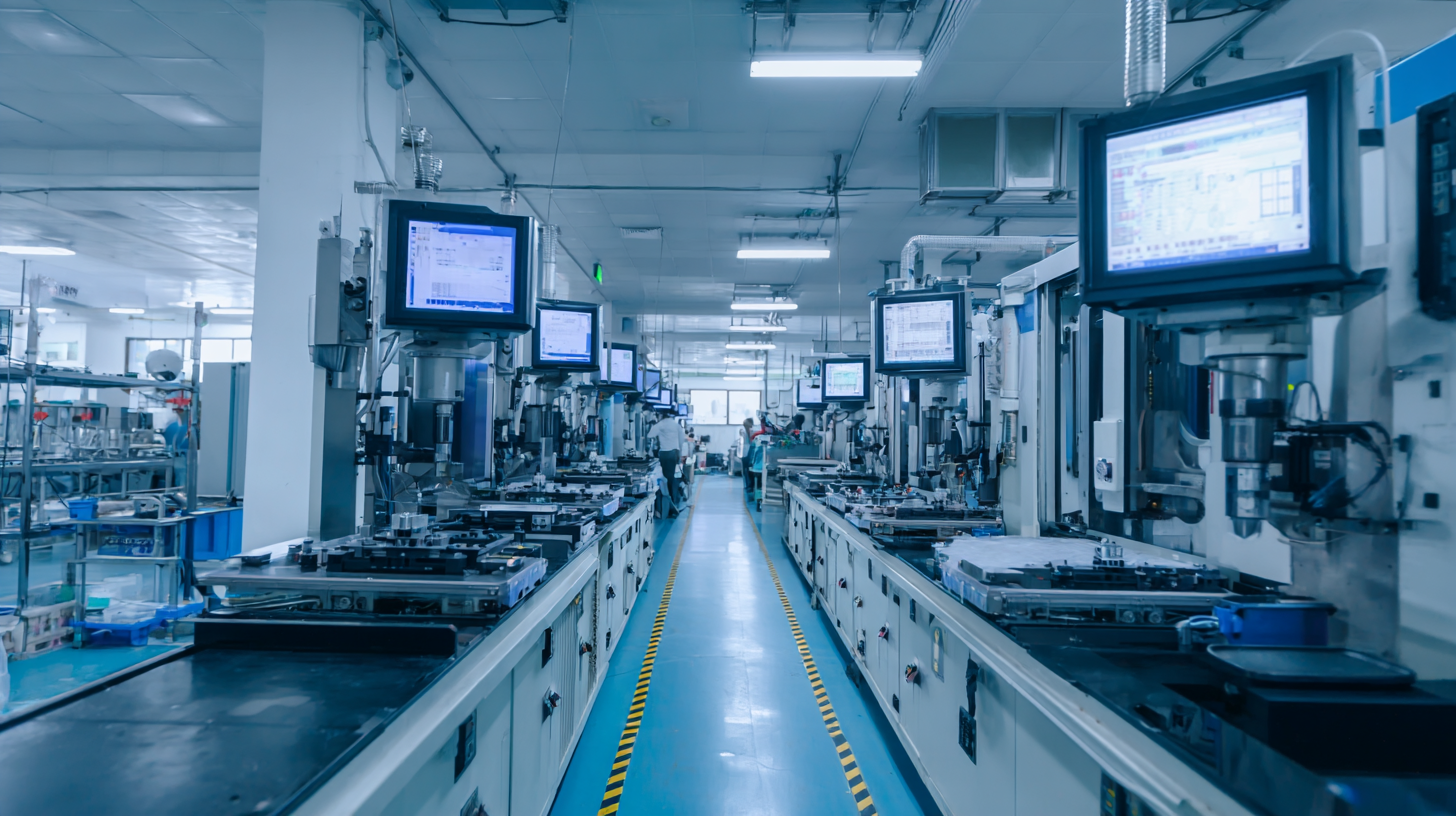Leading Chinese Factory Delivers Unmatched Excellence in Medical Injection Molding
In the evolving landscape of medical manufacturing, the significance of medical injection molding has never been more pronounced. According to a report by Grand View Research, the global medical injection molding market is projected to reach $8.69 billion by 2025, driven by increasing demand for innovative and high-quality medical devices.
 Leading Chinese factories are at the forefront of this transformation, delivering unmatched excellence in the production of complex and precise components required for various medical applications. From customizable syringe designs to intricate device housings, the benefits of medical injection molding extend beyond production efficiency; they encompass enhanced safety, reduced waste, and scalability that meet the stringent regulatory standards of the healthcare industry. As the industry continues to pivot towards advanced manufacturing technologies, understanding the unique characteristics and suitable applications of different types of medical injection molded products becomes essential for stakeholders looking to leverage these innovations for improved patient outcomes.
Leading Chinese factories are at the forefront of this transformation, delivering unmatched excellence in the production of complex and precise components required for various medical applications. From customizable syringe designs to intricate device housings, the benefits of medical injection molding extend beyond production efficiency; they encompass enhanced safety, reduced waste, and scalability that meet the stringent regulatory standards of the healthcare industry. As the industry continues to pivot towards advanced manufacturing technologies, understanding the unique characteristics and suitable applications of different types of medical injection molded products becomes essential for stakeholders looking to leverage these innovations for improved patient outcomes.
Transforming Healthcare: The Role of Medical Injection Molding in Modern Manufacturing
In the rapidly evolving landscape of healthcare, the significance of medical injection molding cannot be overstated. This manufacturing process is pivotal in producing high-precision components essential for medical devices, making it integral to modern healthcare solutions. According to a recent report by MarketsandMarkets, the global medical injection molding market is projected to reach USD 4.5 billion by 2025, exhibiting a remarkable growth rate of 7.5% annually. This growth is driven by the increasing demand for medical devices and the ongoing advancements in technology that enhance both production efficiency and product quality.
To excel in this competitive environment, manufacturers must prioritize precision and consistency in their injection molding processes. Here are a few tips:
- First, invest in high-quality materials that comply with relevant regulatory standards, ensuring safety and reliability.
- Second, implement rigorous quality control measures throughout the manufacturing cycle to promptly identify and address defects.
- Finally, fostering collaboration between engineers and healthcare professionals can lead to innovative designs that meet the evolving needs of patients and medical practitioners alike.
By embracing these strategies, companies can significantly elevate their contributions to healthcare and improve patient outcomes.
Unveiling the Technology: Innovations in Medical Injection Molding Processes
Innovations in medical injection molding processes are transforming the landscape of the healthcare industry. As manufacturers strive to meet the rising demand for high-quality medical devices, advancements in technology are crucial. The global plastic processing machinery market is projected to grow from $23.57 billion in 2025 to $34.62 billion by 2032, reflecting a compound annual growth rate of 5.6%. This growth underscores the vital role that enhanced injection molding techniques will play in delivering precision, efficiency, and regulatory compliance in medical manufacturing.
To maintain a competitive edge in this changing market, manufacturers should consider implementing the latest technologies in their processes. For instance, incorporating automation can significantly reduce cycle times and increase production accuracy, ultimately leading to lower operational costs. Furthermore, investing in new materials that enhance performance while meeting stringent safety standards can also provide a significant advantage.

Tip: Regular training for your workforce on the latest molding techniques will help in optimizing production and ensuring the highest quality standards. Additionally, leveraging data analytics can aid in predicting maintenance needs and preventing potential production downtimes, thus maintaining continuous excellence in medical injection molding.
Quality Assurance: Standards and Regulations in Medical Injection Molding
In the highly regulated field of medical injection molding, quality assurance is paramount to ensuring the safety and efficacy of medical devices. Manufacturers must adhere to stringent standards and regulations set forth by authorities such as the FDA and ISO, which govern everything from raw material selection to final product testing. These regulations are designed to minimize risk and guarantee that products can withstand the rigors of clinical use.
To ensure compliance with these standards, manufacturers should prioritize a robust quality management system. Implementing regular audits and inspections can help maintain high-quality production processes. Additionally, investing in advanced technologies and employee training can further enhance quality assurance efforts.
**Tip:** Always verify that your chosen supplier is certified and has a proven track record in complying with industry regulations. **Tip:** Consider integrating Failure Mode and Effects Analysis (FMEA) during the design phase to identify potential issues early in the process, reducing the risk of costly recalls or redesigns later on. By fostering a culture of quality and compliance, medical injection molding manufacturers can deliver unmatched excellence in their products.

Leading the Way: A Spotlight on China's Premier Medical Injection Molding Factory
In the rapidly evolving world of medical manufacturing, one factory stands out as a beacon of excellence: China’s premier medical injection molding facility. This manufacturer not only meets but exceeds the stringent demands of the healthcare industry by blending cutting-edge technology with meticulous craftsmanship. By implementing advanced production techniques and adhering to rigorous quality control standards, they have positioned themselves as leaders in providing reliable and efficient medical solutions.
The facility specializes in creating precision-engineered components that are essential for various medical applications, from surgical instruments to diagnostic devices. Their commitment to innovation is evident in their use of state-of-the-art equipment and the latest materials, ensuring that every product produced is safe, durable, and compliant with international regulations. With a dedicated team of skilled professionals who understand the intricacies of medical requirements, this factory continues to set the standard for excellence in the injection molding sector, driving forward the future of medical device manufacturing in China and beyond.
Leading Chinese Factory Delivers Unmatched Excellence in Medical Injection Molding
| Dimension | Data |
|---|---|
| Monthly Production Capacity | 500,000 units |
| Quality Assurance Certification | ISO 13485 |
| Years of Experience | 15 years |
| Number of Employees | 300 |
| Types of Medical Devices Manufactured | Syringes, IV Connectors, Surgical Instruments |
| Monthly R&D Investment | $50,000 |
| Customer Satisfaction Rate | 98% |
Future Trends: The Next Generation of Medical Injection Molding Solutions
As the medical sector continues to evolve, so does the technology behind medical injection molding. The future of this essential manufacturing process is leaning towards innovative solutions that prioritize precision, efficiency, and safety. With advancements in materials and automation, manufacturers are now capable of producing complex designs that cater to the intricate needs of the healthcare industry.
Tips: When selecting a medical injection molding partner, prioritize those who employ the latest technologies. Look for facilities that utilize real-time monitoring systems to ensure quality control and adhere to stringent regulatory standards. Additionally, consider suppliers who are investing in sustainable practices, as environmental responsibility is becoming increasingly crucial in today’s market.
Moreover, the use of 3D printing in conjunction with traditional injection molding is emerging as a game-changer. This hybrid approach allows for rapid prototyping and tailored mold designs, significantly reducing lead times and costs. As we move forward, embracing these next-generation solutions will be vital for businesses looking to stay ahead in the competitive medical manufacturing landscape.
Tips: Keep an eye on emerging materials, like bio-compatible polymers and recycled substances, offering enhanced performance and compliance with safety regulations. Engaging in continuous education about industry trends and advancements will empower your organization to make informed decisions and foster innovation.

